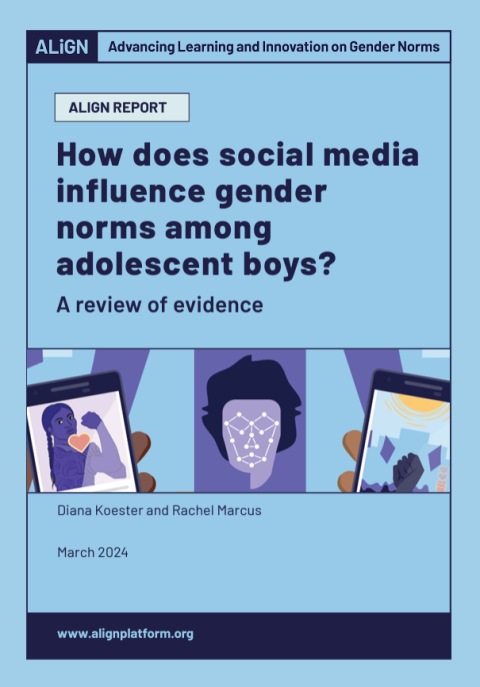
- Report
- 18 February 2022
Hidden in plain sight: how the infrastructure of social media shapes gender norms
- Author: Stephanie Diepeveen
- Published by: ALIGN
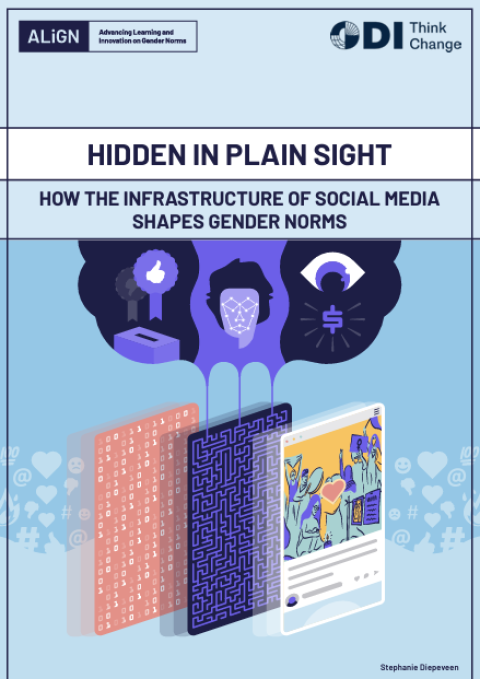
Social media has become one of the 21st century’s most powerful and era-defining innovations. Used by billions of people all over the world, these networks are providing new ways of perpetuating or contesting gender norms online. And, as digital public spaces, this makes them an important site for exploring how gender relations manifest in our daily lives.
But, in recent years, increasing evidence indicates biases towards false, sensationalist and hateful content on social media. So, what if the very design of social media platforms is itself having an impact on gender norms?
This ALIGN Report focuses on the building blocks of social media that users do not see: the back-end infrastructures of the platforms. By examining how the business models, technological architecture and organisational infrastructure work through a gender lens, this research aims to build knowledge about the possibilities for changing patriarchal social norms in the internet age.
The first in a two-part ALIGN research series focusing on social media and gender norms, this report explores how gender relations shape, and are shaped by, the proliferation of online social networks. This study opens an interdisciplinary dialogue on how social media platforms operate in the way they do, and why this matters. It concludes by proposing key pillars for a future research agenda and alternative models of regulation to meet the urgent but challenging task of strengthening the possibilities of digital spaces that foster open, gender-equal and inclusive relations.
Key messages:
- There is clear evidence that social media is shaping our engagement with gender norms, often along sexist, racist, and discriminatory lines.
- The economic incentive and business model are a key hidden layer driving the nature of gendered content we see online, contributing to the reinforcement of patriarchal gender norms.
- Technological infrastructures (such as binary data and algorithmic design) are fundamental to determining the (in)visibility of certain genders and communities – for example with ‘unintended bias’ influencing what appears in our newsfeeds.
- Organisational and institutional hierarchies are also shaping how gendered content manifests online, with gender blind-spots showing up in board room decision-making to outsourced content moderation.
- Tags:
- Social media, Technology, Media
- Countries / Regions:
- Global
Related resources
Report
7 March 2022
Published by: ALIGN

Video/podcast
11 June 2025
Published by: TransformNorms
Report
12 February 2025
Published by: ODI Global

Blog
10 February 2025
Published by: ALIGN

Blog
19 December 2024
Published by: ALIGN
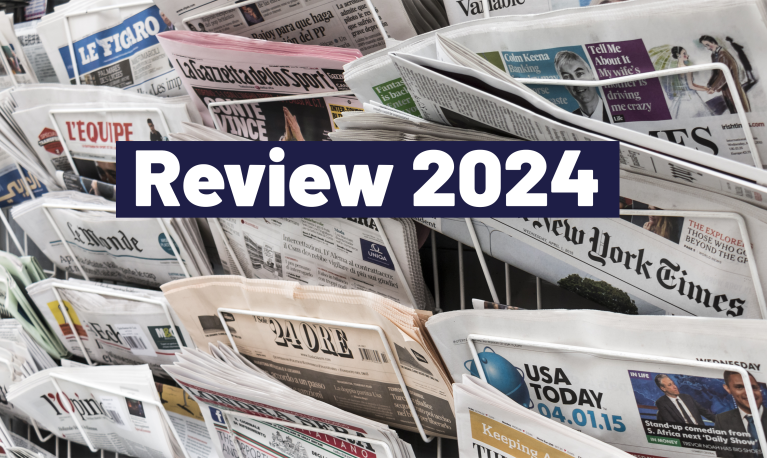
Report
19 November 2024
Published by: ALIGN, Mexfam
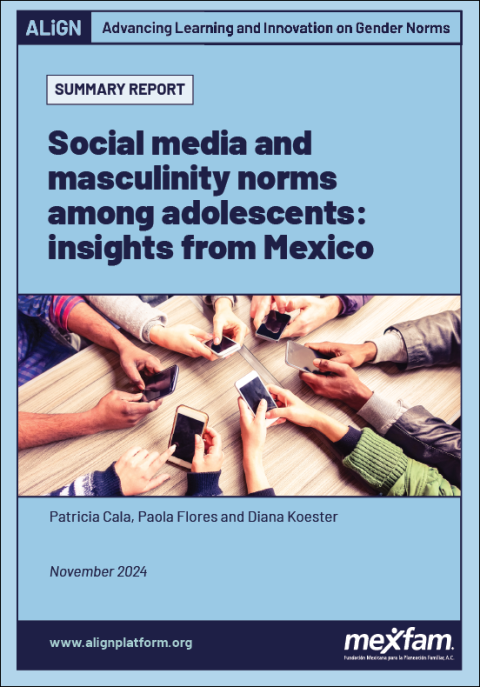
Report
30 September 2024
Published by: ALIGN, Frente Nacional para la Sororidad
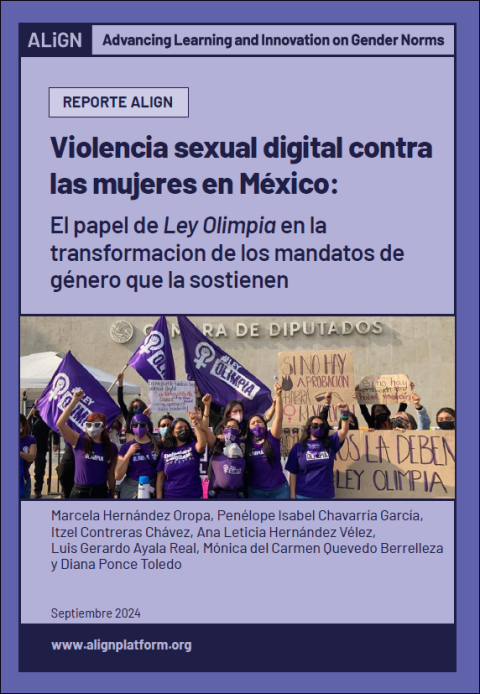
Report
4 September 2024
Published by: ALIGN, SISMA Mujer
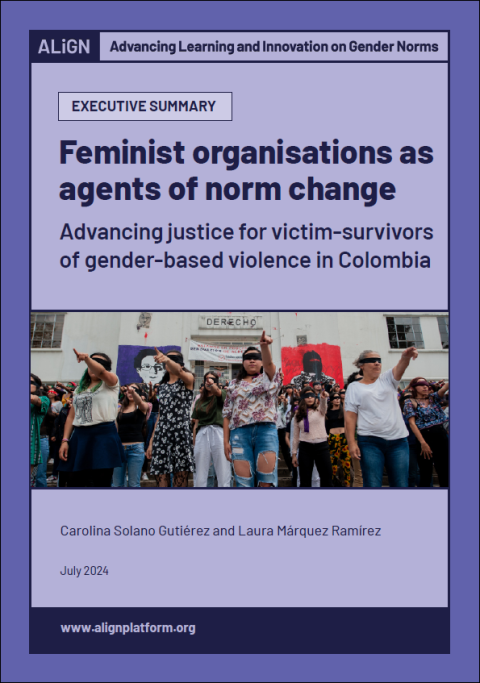
Report
5 August 2024
Published by: ALIGN
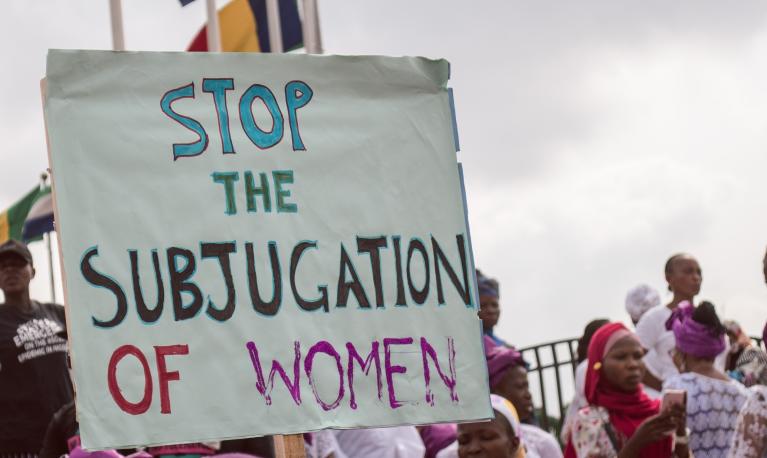
Blog
25 July 2024
Published by: ALIGN

Report
17 July 2024
Published by: ALIGN

Report
5 February 2024
Published by: ALIGN
